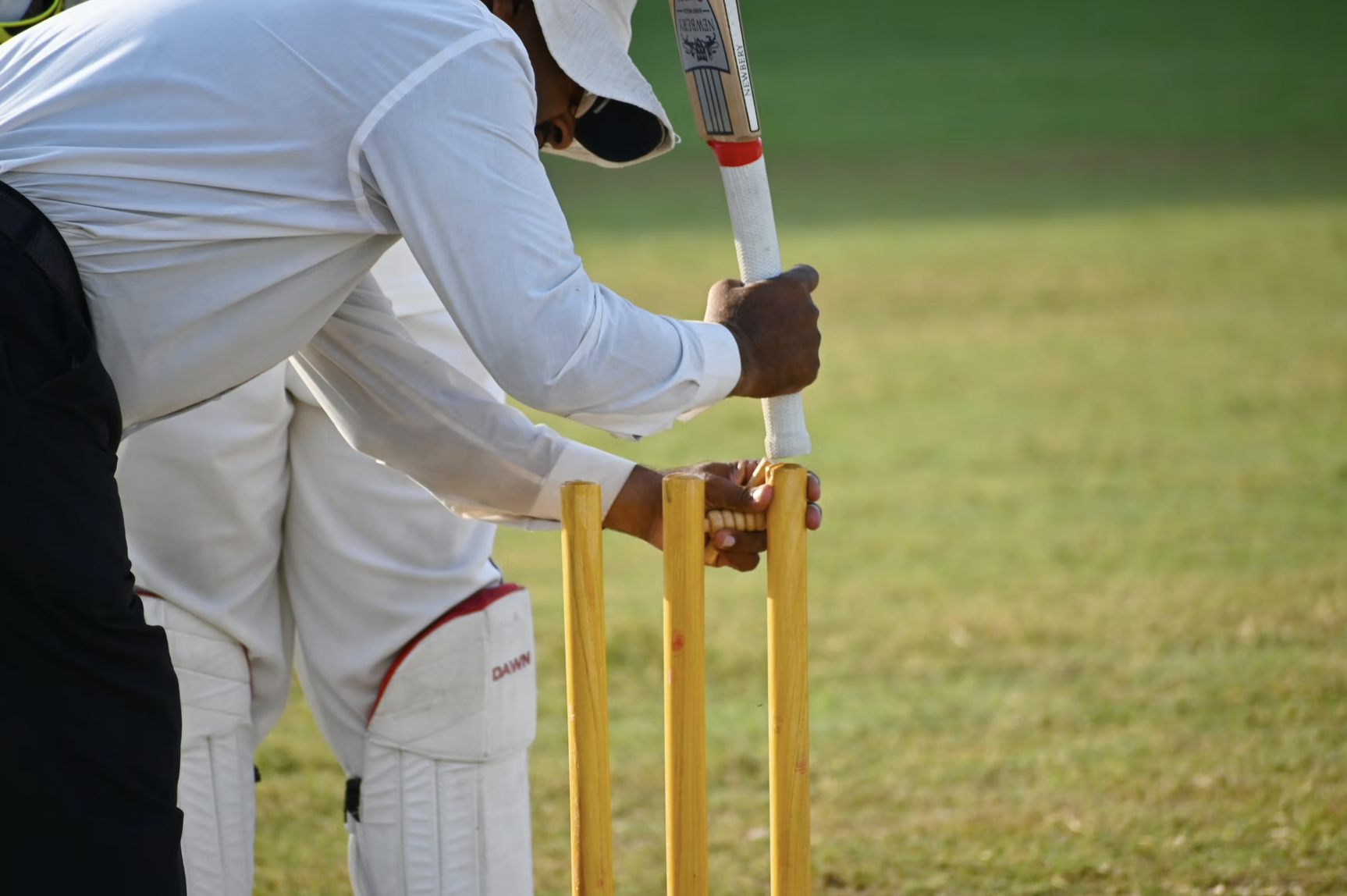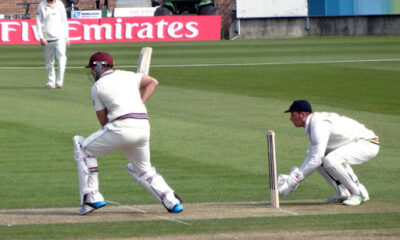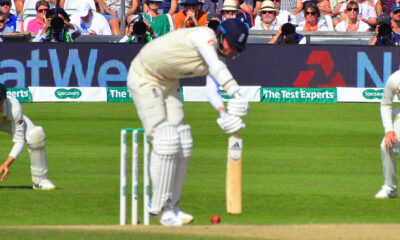Cricket
How Cricket Scoring Works

How Cricket Scoring Works
The sport of cricket’s scoring system is easy enough to grasp once you learn the game’s mechanics. If you’ve never seen athletes play cricket in person, it’s difficult to distinguish straight away what counts as a score – known as a “run” in cricket terminology – and what doesn’t. Nevertheless, anyone can learn to play cricket, keep score accurately, and enjoy a physical activity that’s remarkably entertaining and challenging as well.
Innings
Firstly, athletes play cricket in a series of two innings, where each side takes turns batting and fielding. Each team must have 11 players, and interestingly, two batsmen work together to score until the fielding side gets a “dismissal” in various ways. Once a batsman is deemed to have been dismissed within the rules, another batsman takes his place until ten players have batted. Afterwards, the two sides switch positions, with the batting side becoming the fielding side. Once both teams have had the chance to bat, the score is tallied, and the winner is declared accordingly.
Runs
As alluded to above, points in cricket are known as runs, named so because both batsmen must run to the opposite end of the pitch to score. Once the fielder designated as the “bowler” throws the ball, the batsman must make contact with it and keep the ball in play whilst his fellow batsman runs in tandem back and forth.
What’s curious about cricket is that players can score multiple runs once the ball is in play and until the fielders “run out” the batsman and break the wickets. Another way to score multiple runs simultaneously is to hit the ball over the boundary. If bounced over, the batsman is awarded four runs, but he is awarded six runs if the ball clears the boundary without touching the ground.
Wickets
Cricket is set up with two wickets on opposite ends of a pitch. Generally, a wicket consists of a set of bails and stumps approximately 71 cm tall. The three stumps hold up two bails, but they’re not attached since the purpose is to “break the wicket” to dismiss the batsman. Thus, when the batsman strikes the ball, the fielding team has to dismiss him in 10 different ways. Breaking the batsman’s wicket is one way to earn a dismissal and prevent the batting team from scoring runs. Of all cricket equipment, wickets are the most vital to the game aside from the balls and bats.
Extras
Lastly, you tally any of the four categories of “extra” runs based on particular events during the game. For instance, if the bowler doesn’t toss a playable ball, the batsman’s team – but not the batsman himself – is awarded a run. Likewise, an illegal bowl also gives the batting team either one or two runs depending on the rules. A team can also earn extra runs if the batsman gets struck by the ball without making a reasonable attempt to hit it or if the ball passes by the batsman and remains in play.
Essentially, those are the basics of keeping score in cricket, and they’re more straightforward than you might assume.
We hope you enjoyed the article ‘How Cricket Scoring Works.’ Who is your favourite cricket player/team? Let us know!
Read more on sport below:
- The green green grass of home
- The Best Championship Strikers
- Is Makhachev destined for UFC greatness?
-

 News4 weeks ago
News4 weeks agoThe Best Male Tennis Players of All Time
-

 Football4 weeks ago
Football4 weeks agoPlayers with the most goals in a Premier League season
-

 Football4 weeks ago
Football4 weeks ago10 of the most underrated footballers in the world right now
-

 Football4 weeks ago
Football4 weeks agoChelsea’s Possible Lineup For Next Season
-

 News4 weeks ago
News4 weeks agoThe Fastest Rugby Players Ever
-

 Football4 weeks ago
Football4 weeks agoWho is the Fastest Football Player in the World?
-

 Basketball4 weeks ago
Basketball4 weeks agoThe 5 Biggest NBA trades so far this off-season
-

 Football4 weeks ago
Football4 weeks agoWho are the Highest Paid Football Managers in 2021?





















